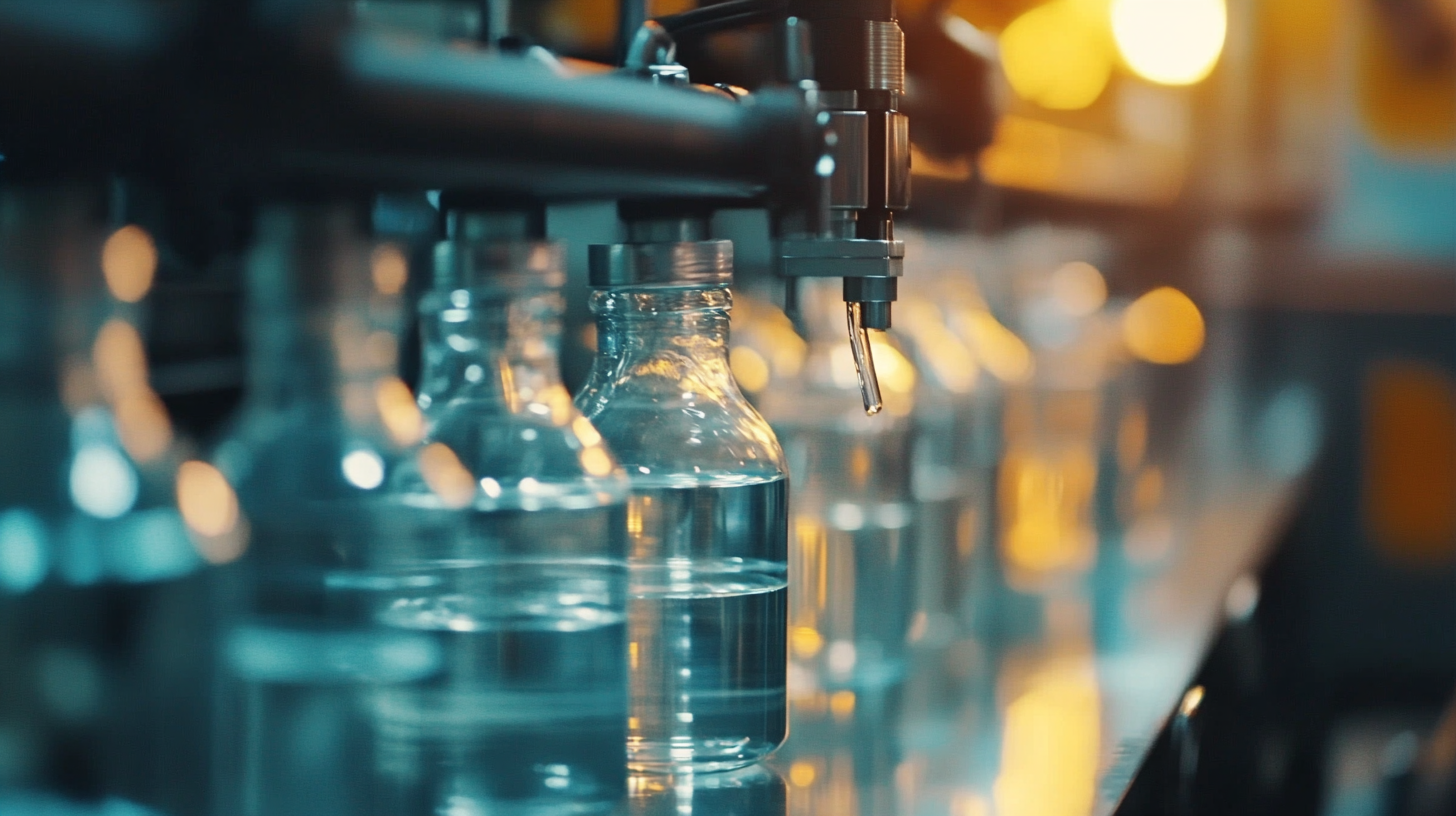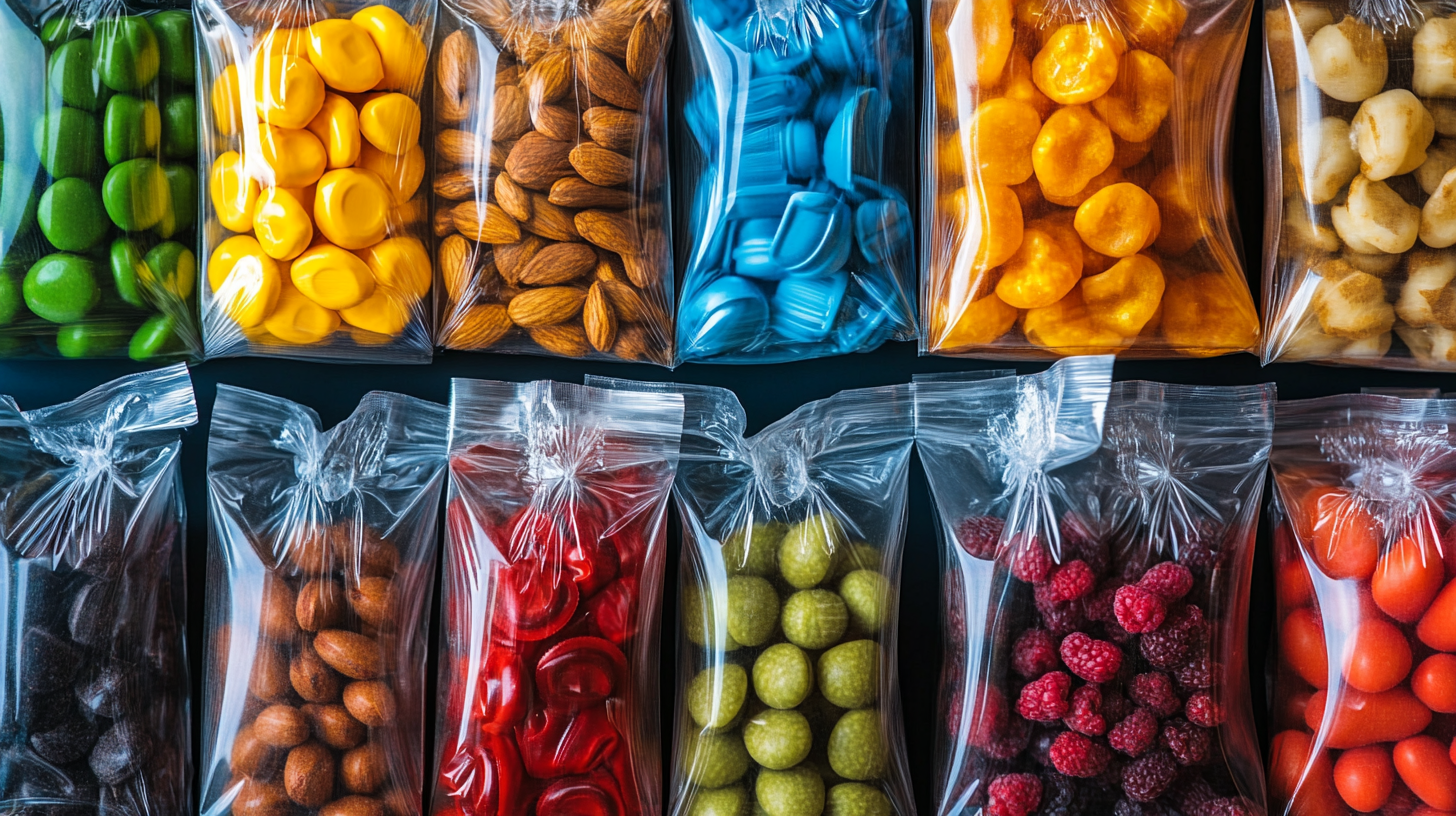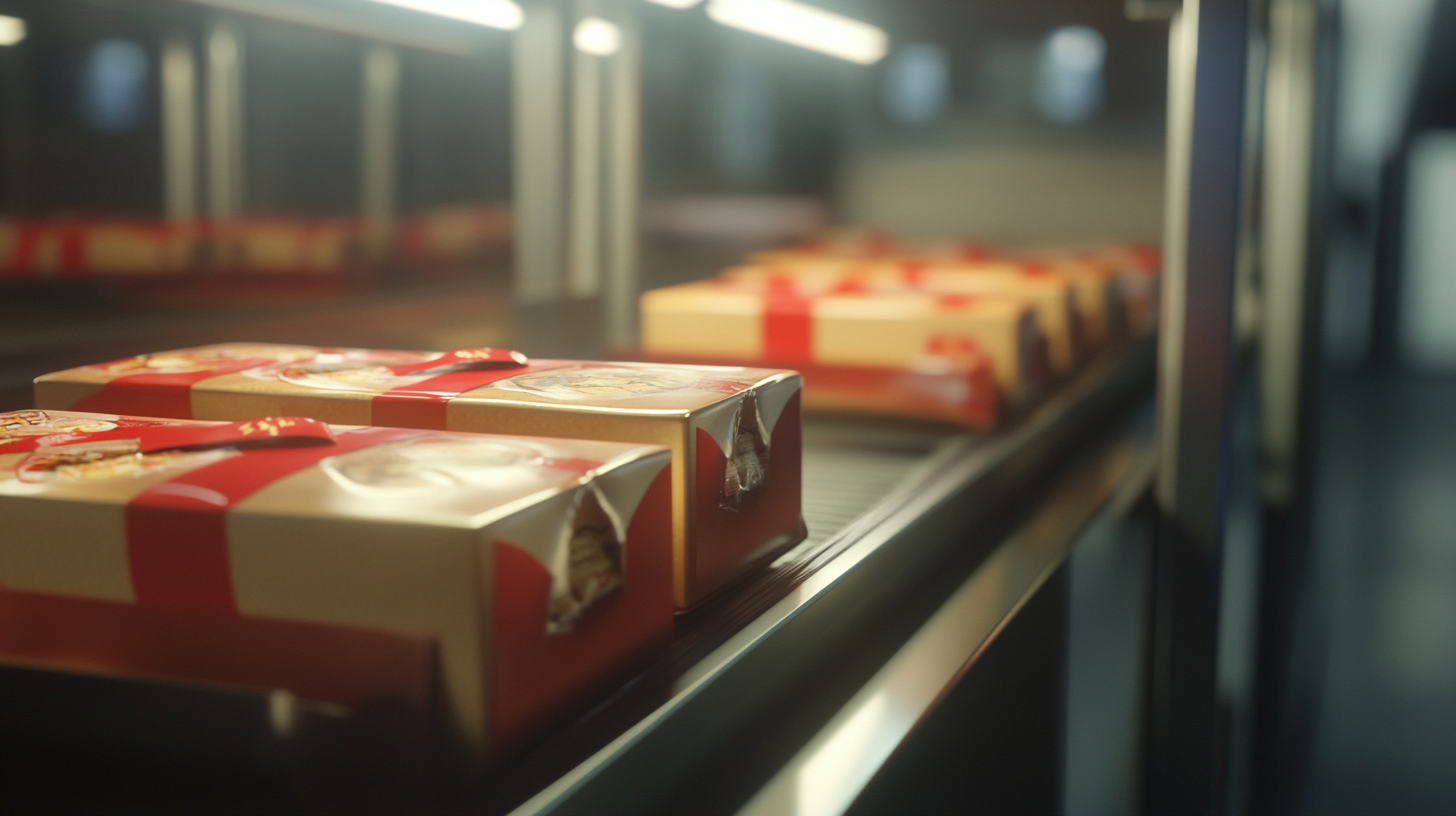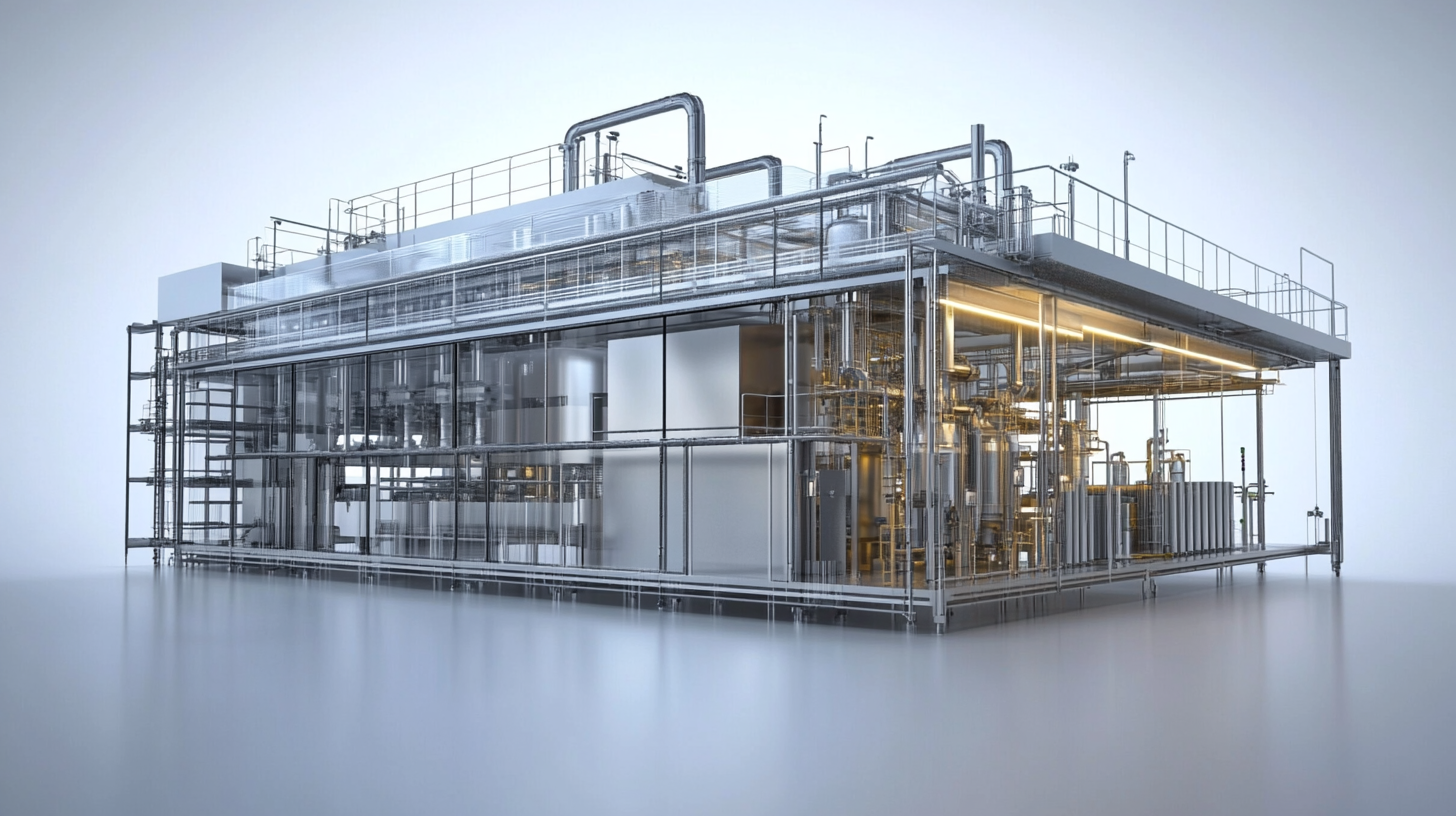Evaluating Different Types of Packaging Machinery for Your Business Needs
Selecting the suitable packaging machinery in the present-day fast-paced manufacturing environment becomes a critical requirement for any business that hopes to improve and optimize operational costs. According to a report by MarketsandMarkets, the global packaging machinery market was approximately valued at $46.6 billion in 2020, with projections to reach approximately $66.4 billion by 2026, with a CAGR of 6.4% expected during the forecast period. The increase in demand demonstrates the need for automation and sophisticated technology in programming packaging processes into workflows that create greater efficiency for productivity and product stability.
They also serve a range of packaging possibilities today—from flexible packaging machinery to vertical form-fill-seal equipment-for virtually any number of needs across an industry, whether that is food and beverage, pharmaceuticals, or consumer goods. Another study released by Smithers Pira reveals that just about 60% of companies intend to invest in new packaging machines within the subsequent two years to remain abreast of the constant changes in consumer preferences as well as requirements in sustainability. Comparing the different types of packaging machinery available, companies can ensure relevancy in the current market and become well-positioned for the future of growth and innovation.

Understanding the Importance of Packaging Machinery in Production Efficiency
Given the evidence, it can be said that packaging machinery cannot be looked upon lightly in production efficiency. The onus of advanced packaging now rests more heavily on the shoulders of these businesses, especially in today's changing time when consumer demands are constantly shifting. Recent updates indicate that the cheese equipment market of 250 million USD in 2022 is set to produce revenues of about 450 million USD by 2030, with an 8.1% CAGR during the period between 2024 and 2030. This growth trend must be duly noted by the businesses while selecting packaging machinery. The other nugget of knowledge in packaging machinery pertains to food and beverage, which is experiencing its share of market pull in response to shifting customer behavior trends to convenience and ease of use. Many of these shifts have reworked traditional convenience near packaging, hence the need for innovations in packaging design and functionality. Firms must prepare packaging paradigms for new demand towards simple-and-recyclable materials to remain in the market. The tobacco packaging market, meanwhile, is expected to see a CAGR of around 4.5% during the period of 2024 to 2032, being driven by increased demand for specialized tobacco product packaging solutions. Such trends also reflect a larger choice and advancement in the industry to cater to the specific requirements of a given product with further advanced packaging technology. Thus investment in packaging machinery will help alleviate these market trends, while also significantly improving production efficiency in advancing various ways to satisfy consumer needs.

Key Factors to Consider When Choosing Packaging Machinery
Several factors must be considered when purchasing packaging machinery, so you can make an informed decision for your business. One such thing that weighs significantly is the type of materials you plan to use. With the rise of flexible packaging, it is paramount to examine machinery that can efficiently handle these materials while maintaining quality. Industry reports have shown a steady increase in market share for flexible packaging, which proponents argue is a reasonable justification to invest in equipment flexible enough to assure long-term advantages.
Another factor of importance is the accuracy of the machining, especially in terms of tolerances. Accurate holed tolerances, for instance, come into consideration for assembly and machine operation. Recently, there have been discussions stressing the need to understand mechanical tolerances in such a way that regardless of how tolerances may affect assembly, they would still guarantee the performance qualities and longevity of the packaging process. The assessment of the machinery must include checking these specifications so that all your production standards will be met.
Additionally, the technological capabilities of the packaging machinery should factor in your decision. The industry has been drifting toward automation and smart technologies to improve efficiency and streamline operations. According to one report, organizations using technology-relating centers for packaging realize a remarkable increase in productivity while significantly reducing operational costs. The option to procure machinery that seamlessly fits into existing systems and has potential upgrade paths can therefore be a decisive factor in establishing and maintaining competitive advantage in changing times.

Comparing Automation Levels: Manual vs. Semi-Automatic vs. Fully Automatic
On the one hand, unlike an everlasting choice between manual or semi-automatic or fully automated systems in packaging machinery, it usually confronts management with distinct differences that apply to each scale and operation's peculiarities. Superior manual packing seems preferable to small businesses or a particular product that does not require so much personalization. Demand within such companies is met with an ever-increasing burden of labor involvement and the cost of time consumption.
First off, semi-automatic systems occupy a position between manual and completely automatic packaging. Such a machine needs to have to do a little bit with some human initiation, source flexible control of how the packaging is done, and that is why many businesses opt for this because it can allow different product sizes and styles without building a huge portfolio of machinery. Moreover, recent advancements in manufacturing technology, like the implementation of "精工智坊" at Hai Neng Da, showcase how semi-automatic solutions can enhance efficiency while operator involvement.
On the contrary, fully automatic packaging machinery has the highest level of efficiency for an extremely high volume production environment. Such systems are the ones with the lowest human error and most optimized throughput; thus, fully automatic machines are the best at such settings for big businesses that want to operate on a very streamlined basis. New innovations in smart manufacturing show that a business implementing fully automatic systems can have lower operational costs while maintaining uniform quality across its production lines. Hence, choosing the right type of packaging machinery will, therefore, depend on what is most important to a business: the production volume, the budget, or the product type.

Assessing Different Packaging Styles and Their Impact on Product Safety
In analyzing various kinds of packaging machinery considered for various business needs, the safety of products must be considered as a primary concern. Recent valued advances have dictated the importance of packaging styles that maintain product integrity and safety, especially in areas that are highly regulated, like food and healthcare. For instance, Amazon's new packaging policy, becoming effective as of April 2025, strongly emphasizes stringent packaging standards for sharp objects. Noncompliance could result in very serious consequences, including the destruction of non-compliant items. This is not only a concern for sellers; it also stresses the importance of packaging as a protector of products through the supply chain.
Safe packaging technologies have come into existence to meet these specific challenges. The introduction of BreatheWay® membranes for the transport of perishable goods such as broccoli is an extraordinary case of a new technology that has made it unnecessary to use ice thereby decreasing the weight and food safety risks that accompany traditional methods. Such packaging technologies maintain optimal logistics and stay current with emerging food safety regulations and consumer expectations, thus keeping products fresh and safe for consumption.
With the increasing regulatory pressure, particularly in light of recent mandates prohibiting misleading labeling on prepackaged foods, companies should look at their packaging choices with a much keener eye. Strategies that incorporate transparent labeling practices will not only be legally compliant but will also build consumer trust. By associating the different types of packaging styles with how product safety may be affected, companies will be better able to make informed choices that will yield increased operational efficiency and customer satisfaction.
Cost Analysis: Budgeting for Initial Purchase and Ongoing Maintenance
The cost implication of purchasing and maintenance of packaging machinery is considered in the evaluation of machinery for the business. The assessments have a substantial say in assisting your budget and operational efficiency. During this evaluation, project management is important since it clarifies the project scope, establishes timelines, and arranges the necessary resources. Use good risk management to minimize the unforeseen costs incurred in situations of unfortunate machinery breakdowns or supply chain delays.
Cloud implementation provides leeway for businesses into scaling their packaging with limited upfront costs associated with on-site installations. Continuous software updates and support of cloud applications can lower maintenance costs overtime. As far as lifecycle costs are concerned, interfacing with various machines during construction phases-whether pre-built, under-construction, or ready-will also help align your investments with long-term operational objectives.
Types of buildings and their requirements can make a choice of residential packaging machinery versus commercial packaging machinery versus industrial packaging machinery determine the initial and recurring costs considerably. Each of these classes comes with different requirements and influences on your total cost of ownership. Therefore, an ideal budgeting strategy that factors in this aspect will not only help meet expenditure goals but also boost productivity and profitability. Analyzing these factors will provide the direction for business decisions that drive their packaging business towards success.